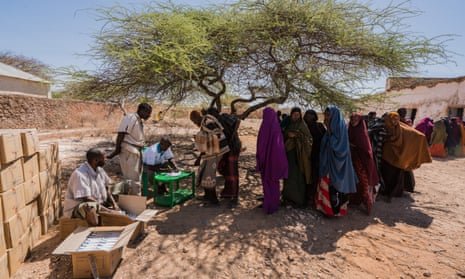United Nations issued a stark warning: global hunger has reached record highs, driven by the deadly intersection of climate extremes, conflict, and economic shocks. The 2025 Global Report on Food Crises revealed that 295 million people across 53 countries are now suffering from crisis-level hunger or worse, marking a 5% increase over the previous year aa.com.tr+2reuters.com+2reddit.com+2.
🔥 Climate Extremes Fueling Hunger
The report emphasizes that extreme weather events—such as floods, droughts, and storms—are increasingly threatening food systems. These climate shocks directly damage crops, disrupt farming schedules, and reduce yields for staples like wheat, rice, and maize . In regions dependent on rain-fed agriculture, the compounding effect of weather variability and temperature extremes has led to sharp declines in productivity and food availability . As one analysis notes, “climate variability and extremes… are a clear warning” that the goal to end hunger by 2030 is in jeopardy apnews.com+15unicef.org+15bbc.com+15.
🕊️ Conflict and Economic Turbulence
Conflict remains the single largest driver of acute hunger. Nearly 140 million people are facing hunger due to war, with famine conditions confirmed in Sudan and catastrophic levels in Gaza, South Sudan, Haiti, and Mali news.un.org+9reuters.com+9africanews.com+9. Additionally, economic instability—marked by inflation, currency devaluation, and debt burdens—has pushed 59 million more people into food crises reuters.com.
🌐 Regional Worst-Affected Zones
- Africa now leads in the number of food-insecure people. The continent is estimated to surpass Asia by 2030 in terms of hunger prevalence unicef.org+15theguardian.com+15reuters.com+15.
- West & Central Africa: Over 40 million people are currently battling acute hunger, with numbers expected to reach 52 million without urgent intervention wfp.org.
- Latin America: Climate-induced weather volatility disrupted agriculture in 20 countries, threatening gains in food security despite some improvements in recent years apnews.com+13reuters.com+13en.wikipedia.org+13.
👶 Children and Malnutrition at Risk
A distressing element is the spike in child malnutrition: nearly 38 million children under five are now acutely malnourished—a demographic heavily impacted by hunger reuters.com. UN agencies also cite the troubling coexistence of hunger and obesity in many regions, as food insecurity forces reliance on low-quality, high-calorie diets .
⏳ A Crisis in Waiting
The UN warns of worsening conditions if global funding and intervention remain insufficient. The WFP estimates that 343 million people in 74 countries are acutely food insecure—a 10% rise from last year. Ia famine-like conditions threaten 1.9 million people, unless funding of US$16.9 billion is secured aa.com.tr.
🌍 What Needs to Happen
- Scale up aid now
Relief must reach hunger hotspots—like Sudan, Gaza, and the Sahel regions—quickly to avoid famine-level outcomes news.un.org+4theguardian.com+4news.un.org+4apnews.com+10reuters.com+10apnews.com+10. - Invest in climate resilience
Support for crop diversification, drought-resistant farming, irrigation, and early warning systems is essential to shield food systems from climate volatility unicef.org+15unicef.org+15news.un.org+15. - Conflict resolution & humanitarian access
Peace initiatives and unimpeded access for aid workers could make the difference between survival or starvation in conflict zones . - Address economic debt burdens
Easing debt crises through relief or restructuring can free up national resources for agriculture, health, and social protection theguardian.com+6climate-diplomacy.org+6news.un.org+6.
🤔 Why This Matters
As UN Secretary-General Guterres stressed, hunger intensified by conflict and climate extremes is not just a humanitarian tragedy, but a threat to global peace, stability, and development news.un.org. Without urgent, coordinated actions—including resilient agriculture, conflict resolution, and targeted financial aid—the world risks backsliding decades on the path toward Zero Hunger.









